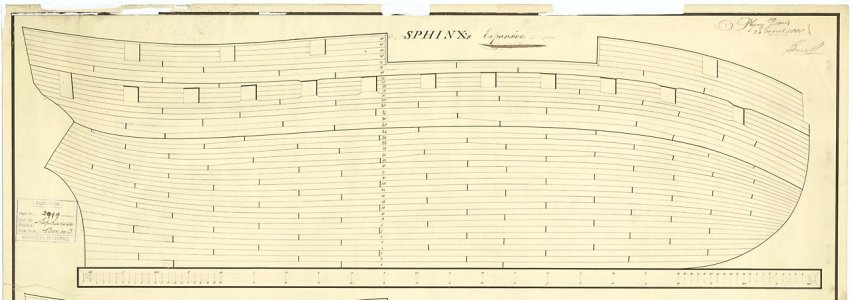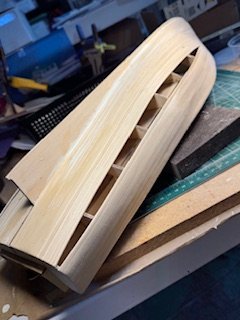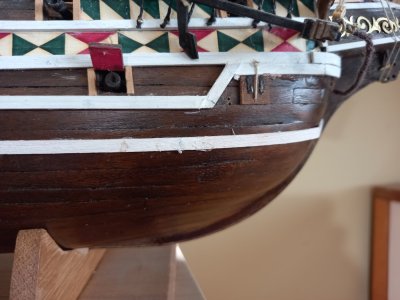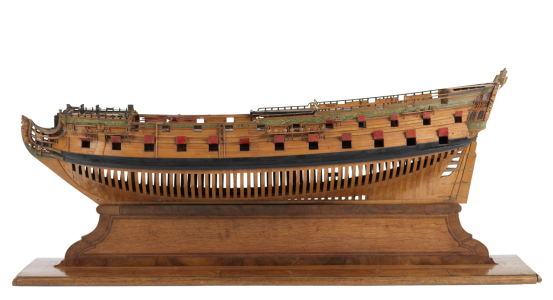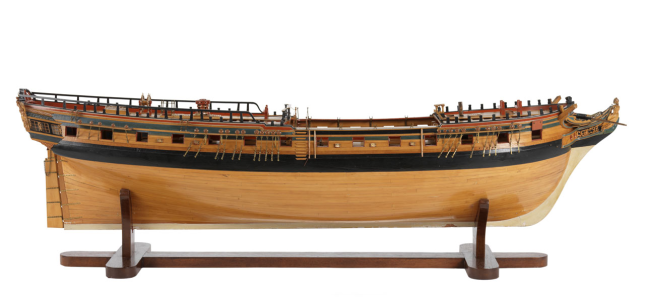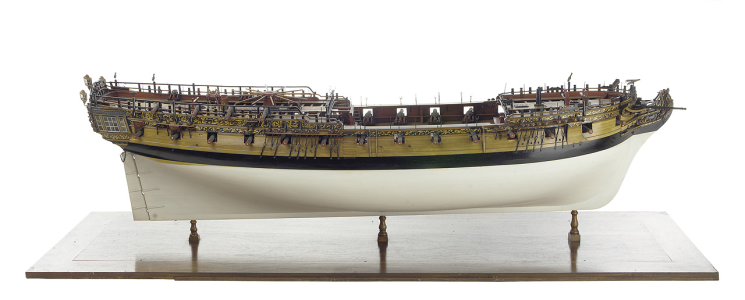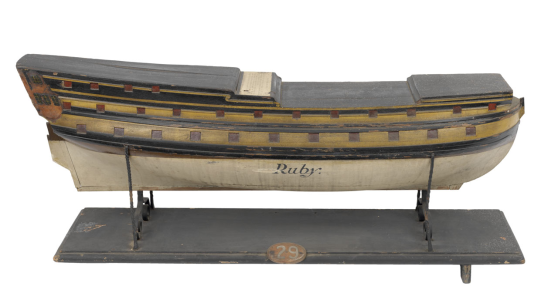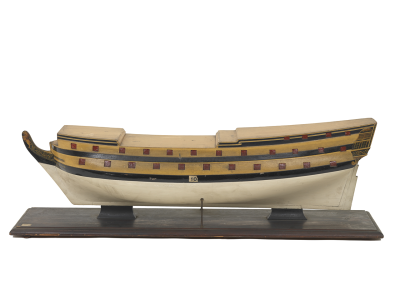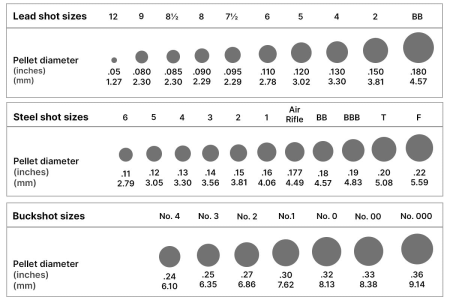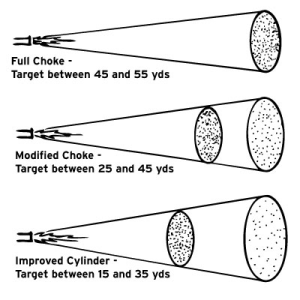This concerns basic planking technique for POB kits with supplied planks. I am a beginner ship model maker.
I understand the basic technique of working out how much to trim off each plank along the bulkheads. Working through that now on my Mamoli Catalina kit.
However, I have two references for basic planking. One says ALWAYS trim off from the top of the plank; one says ALWAYS from the bottom.
Is one of these references wrong, or maybe it does not matter as long as you try to do it consistently.
I realize planking method is a large and complex part of the hobby with many approaches, but here I am just getting started and already getting two opposite directions.
Thanks for any advice.
I understand the basic technique of working out how much to trim off each plank along the bulkheads. Working through that now on my Mamoli Catalina kit.
However, I have two references for basic planking. One says ALWAYS trim off from the top of the plank; one says ALWAYS from the bottom.
Is one of these references wrong, or maybe it does not matter as long as you try to do it consistently.
I realize planking method is a large and complex part of the hobby with many approaches, but here I am just getting started and already getting two opposite directions.
Thanks for any advice.






